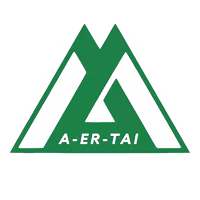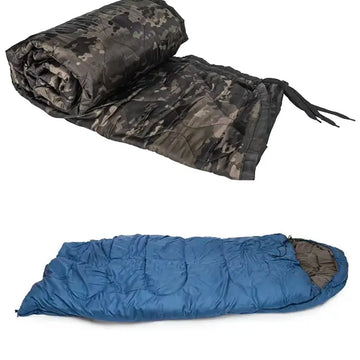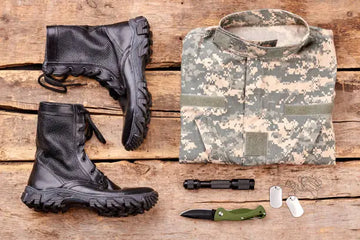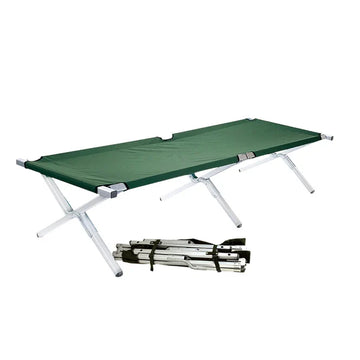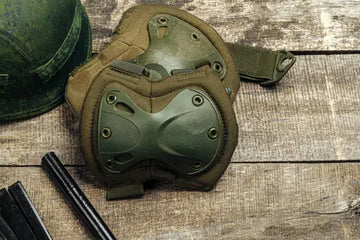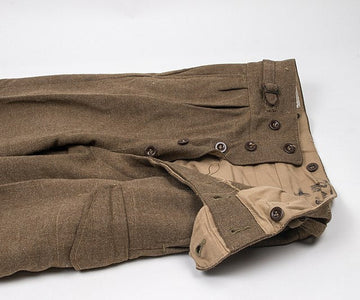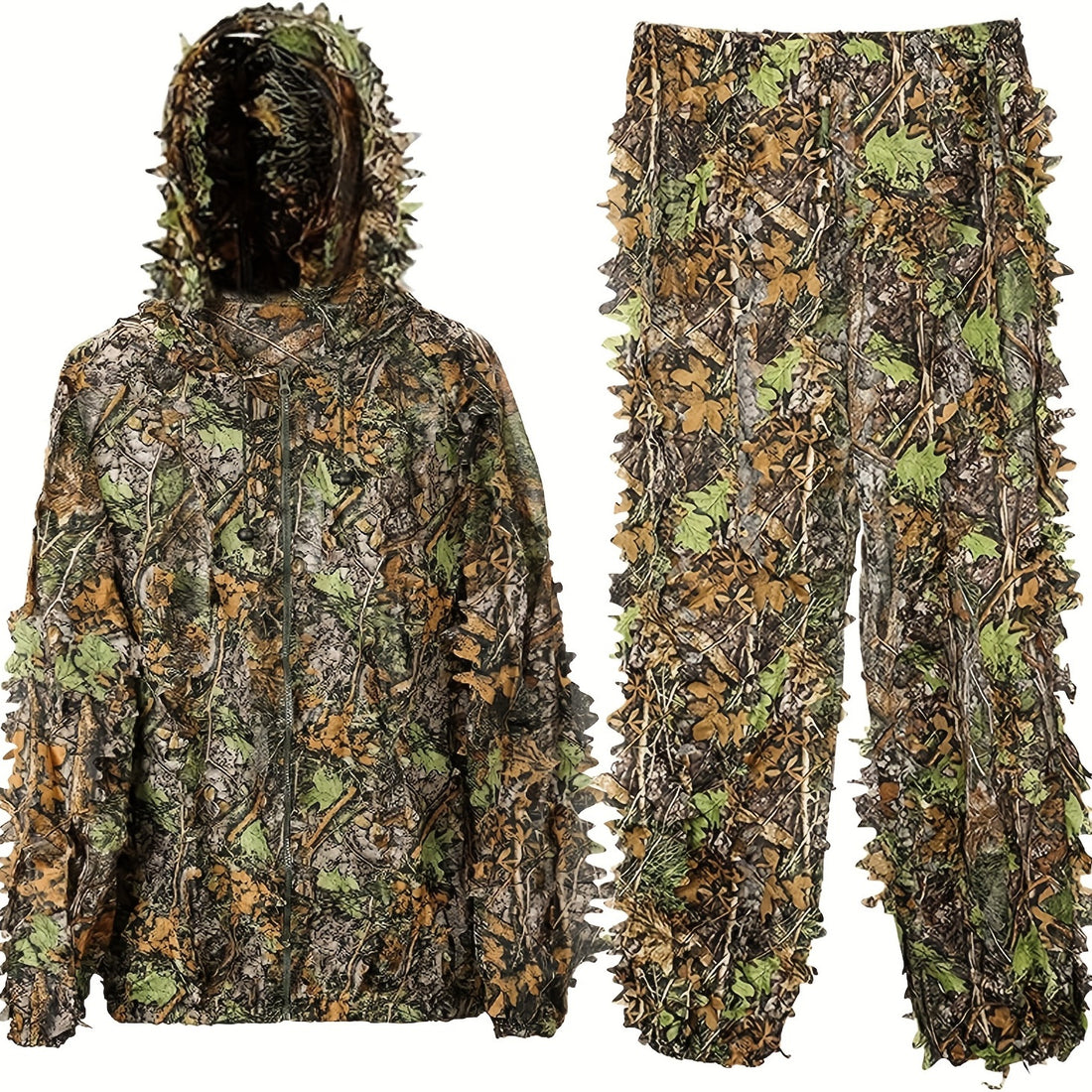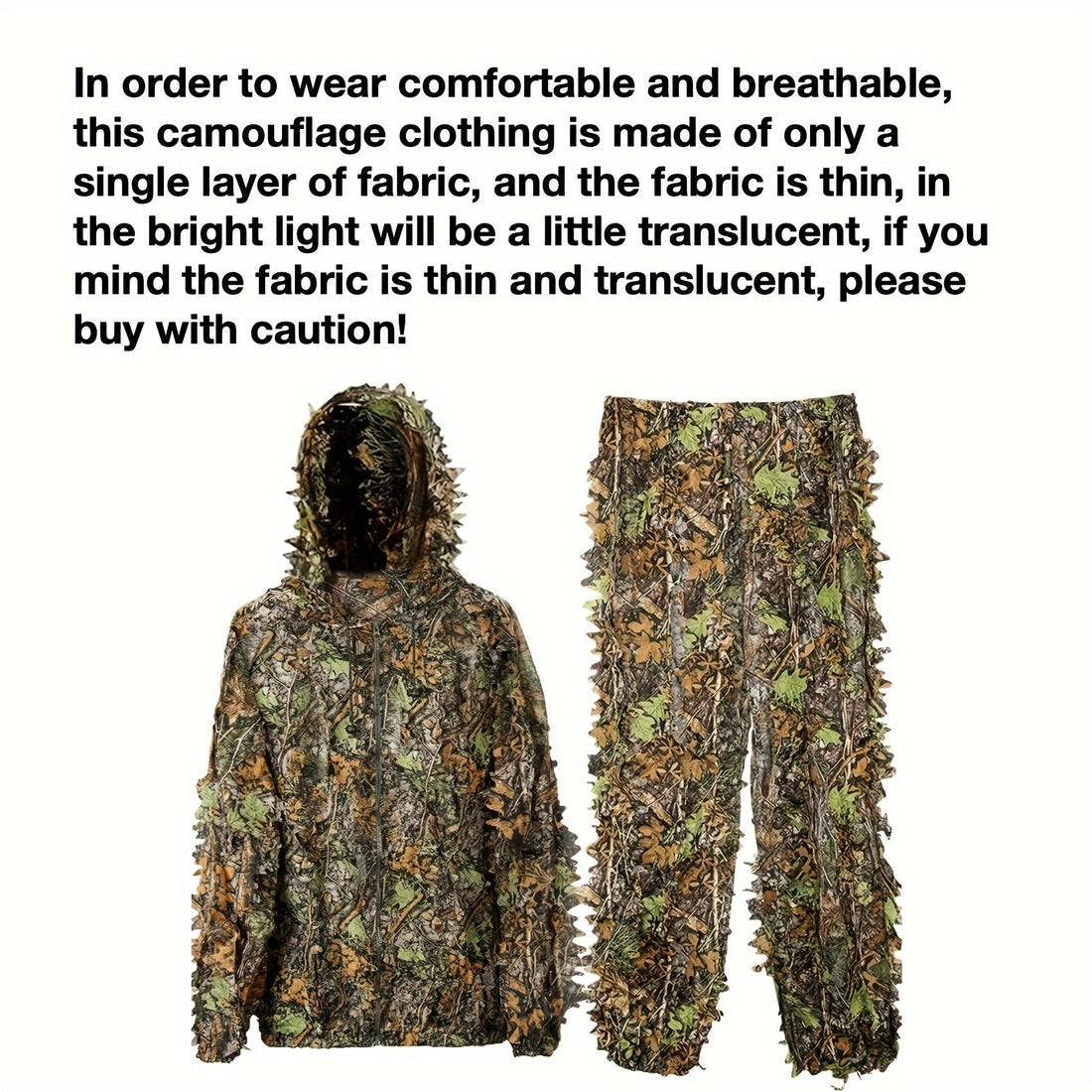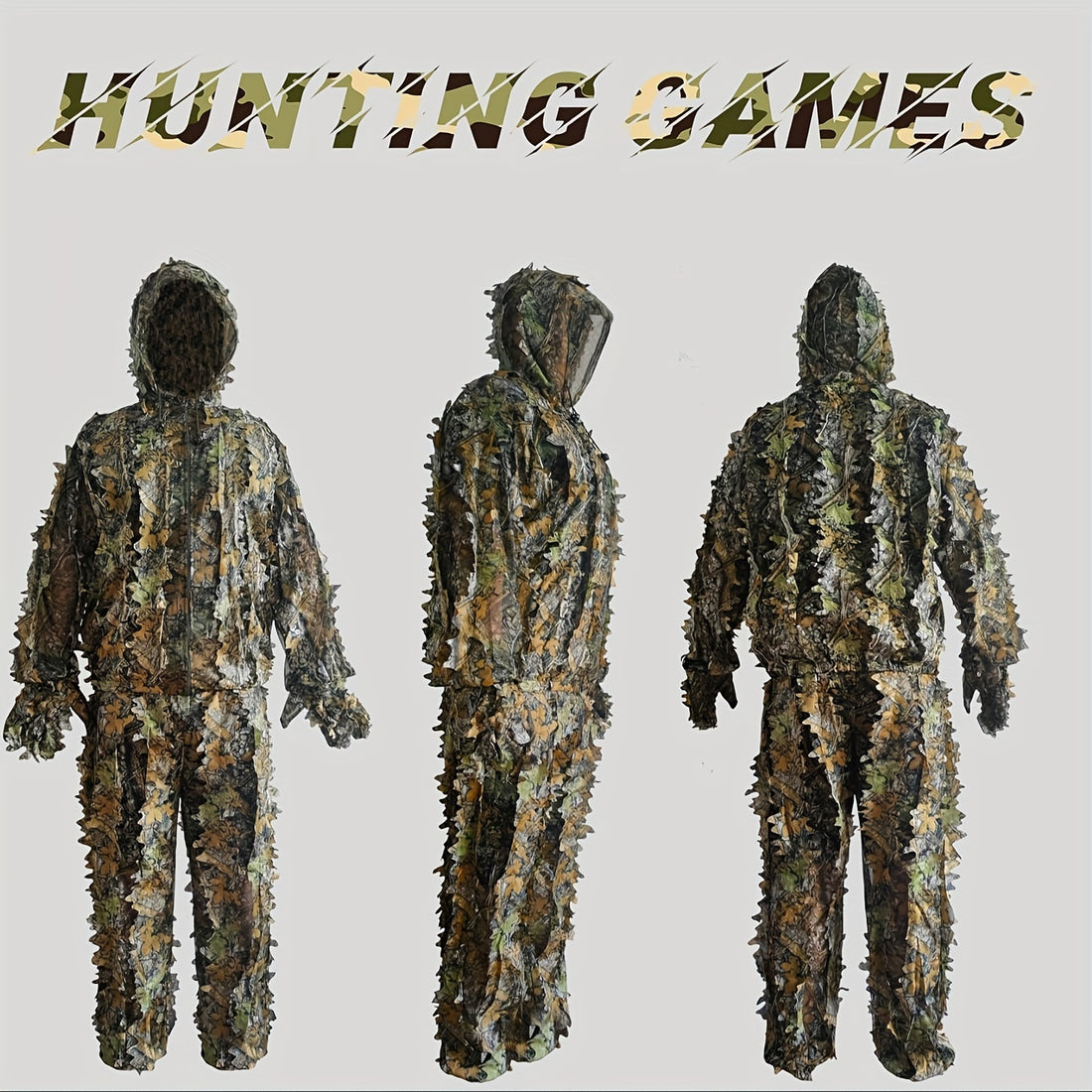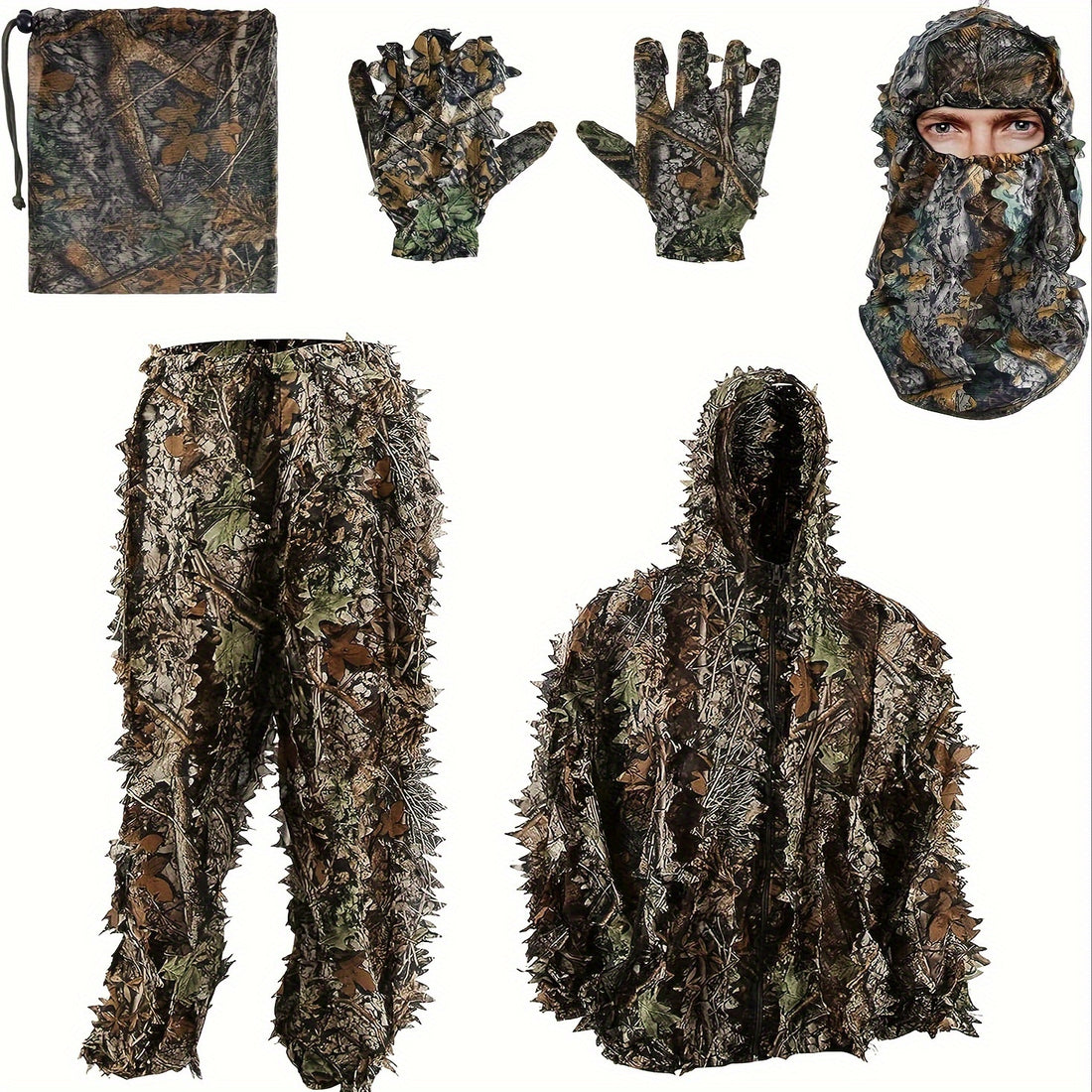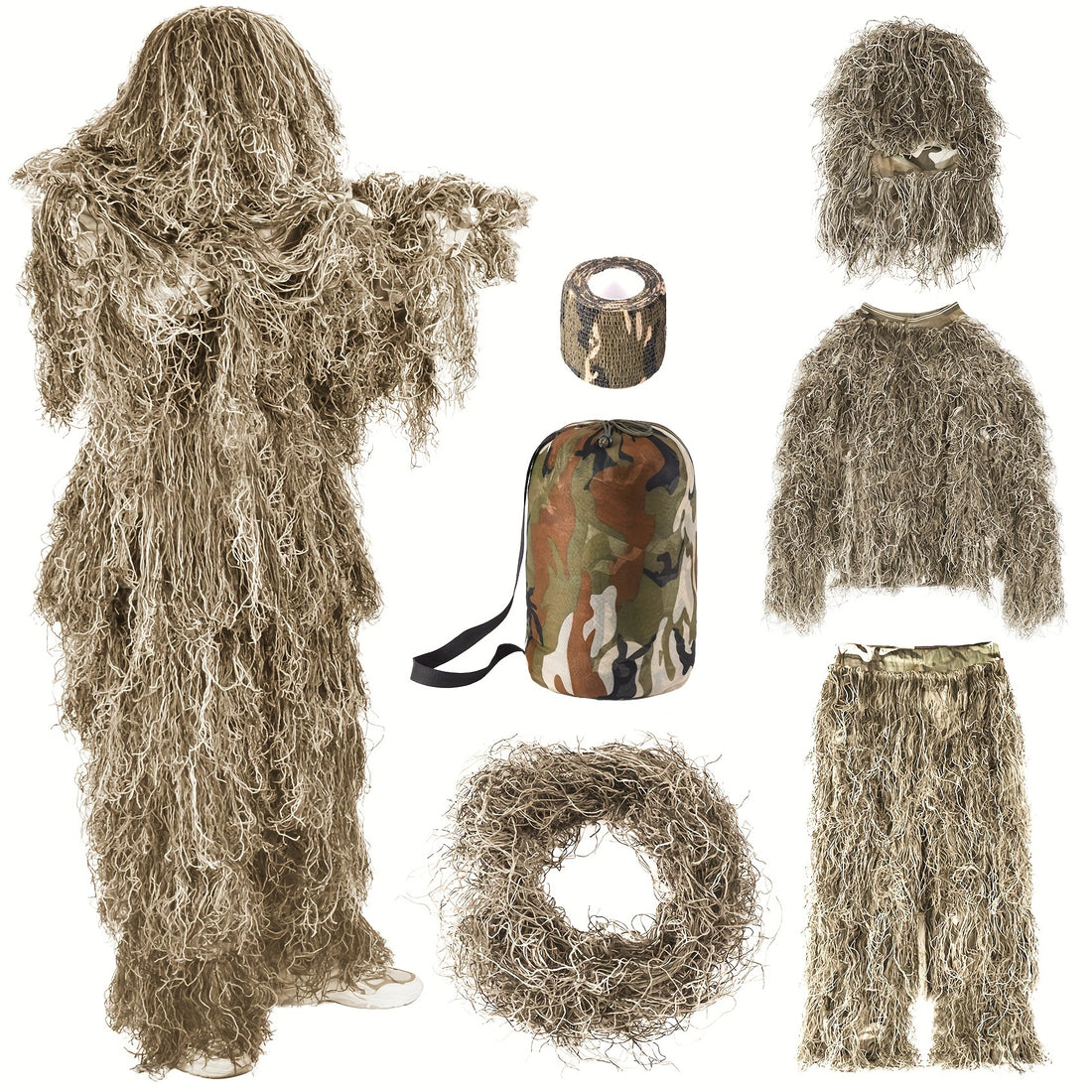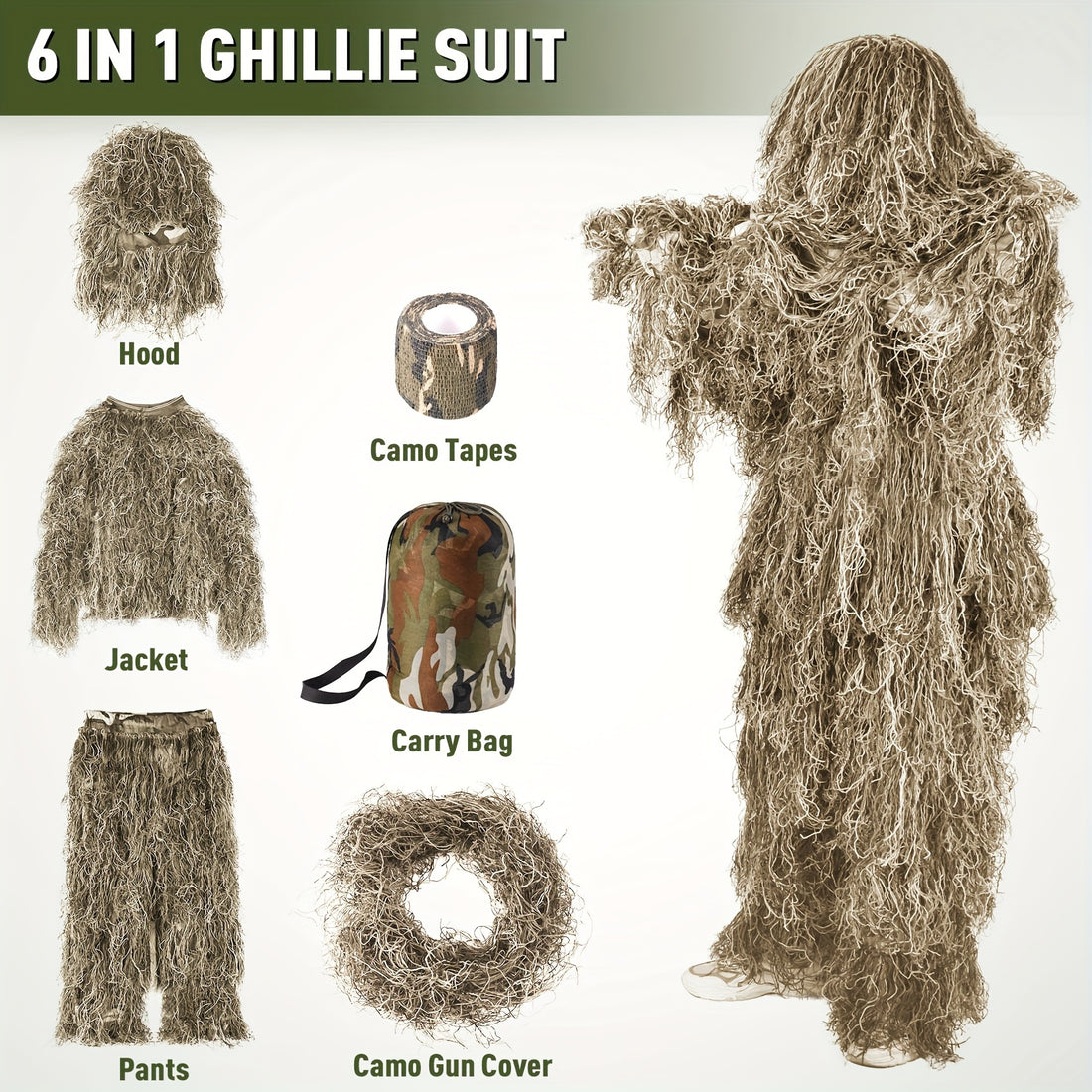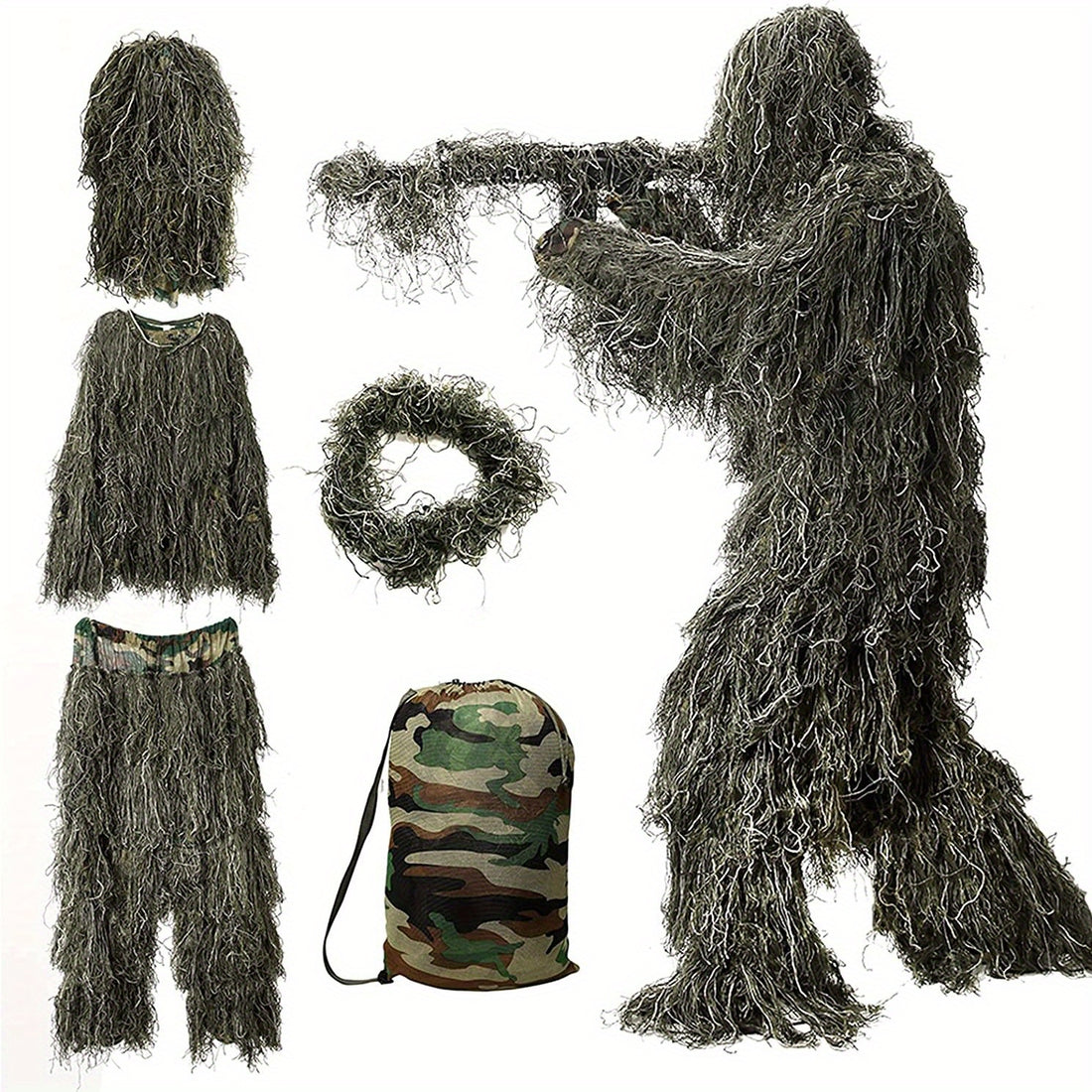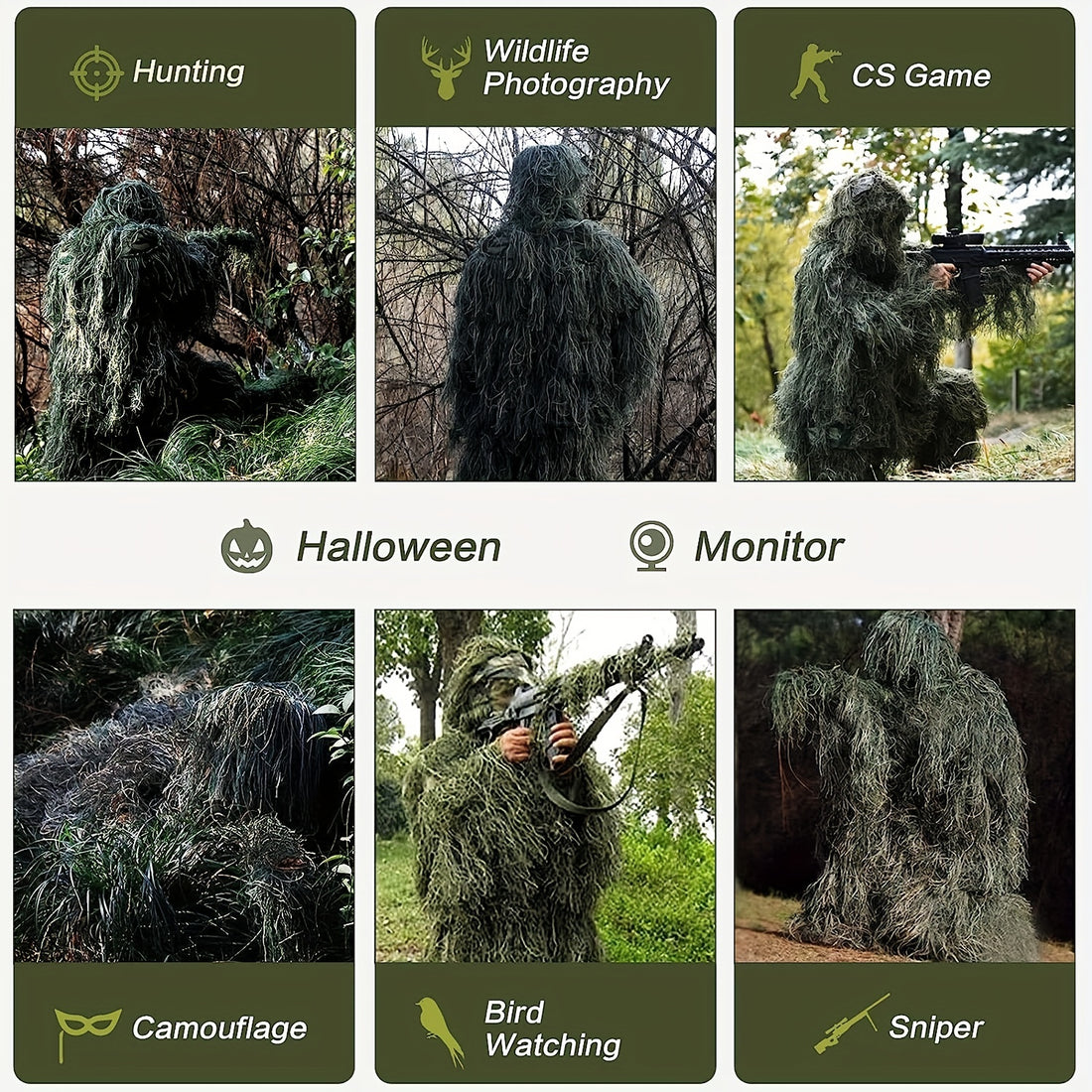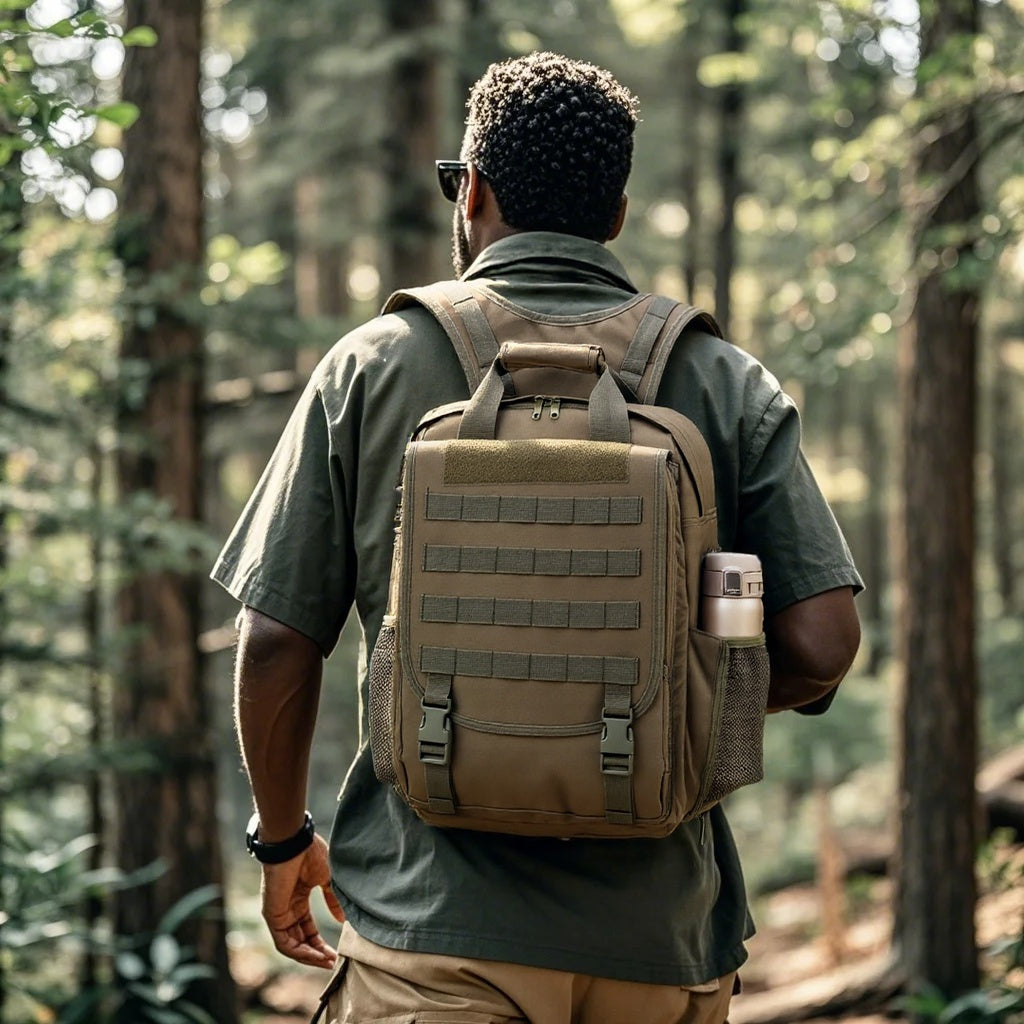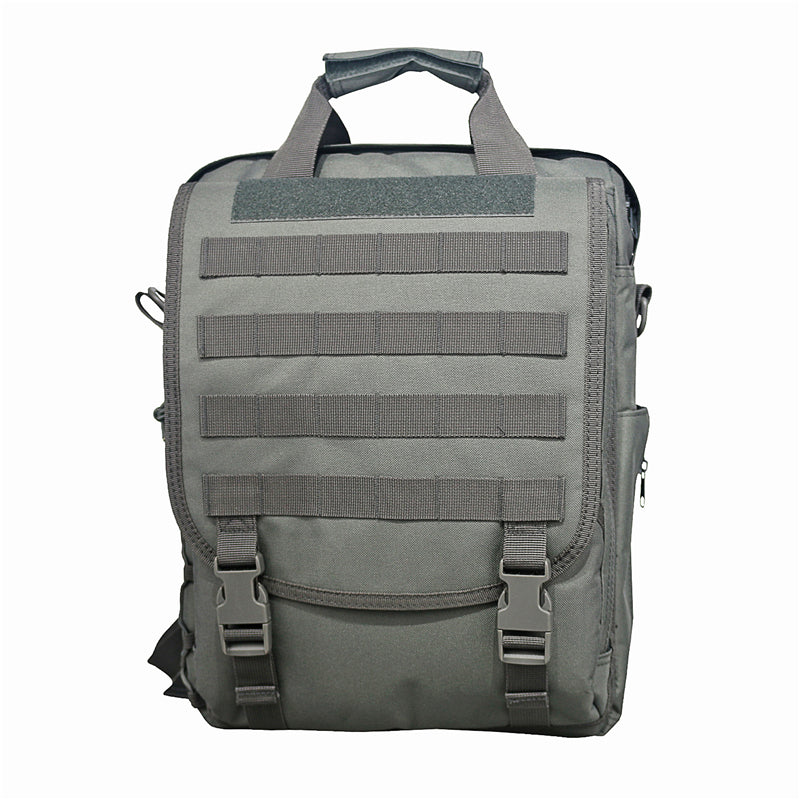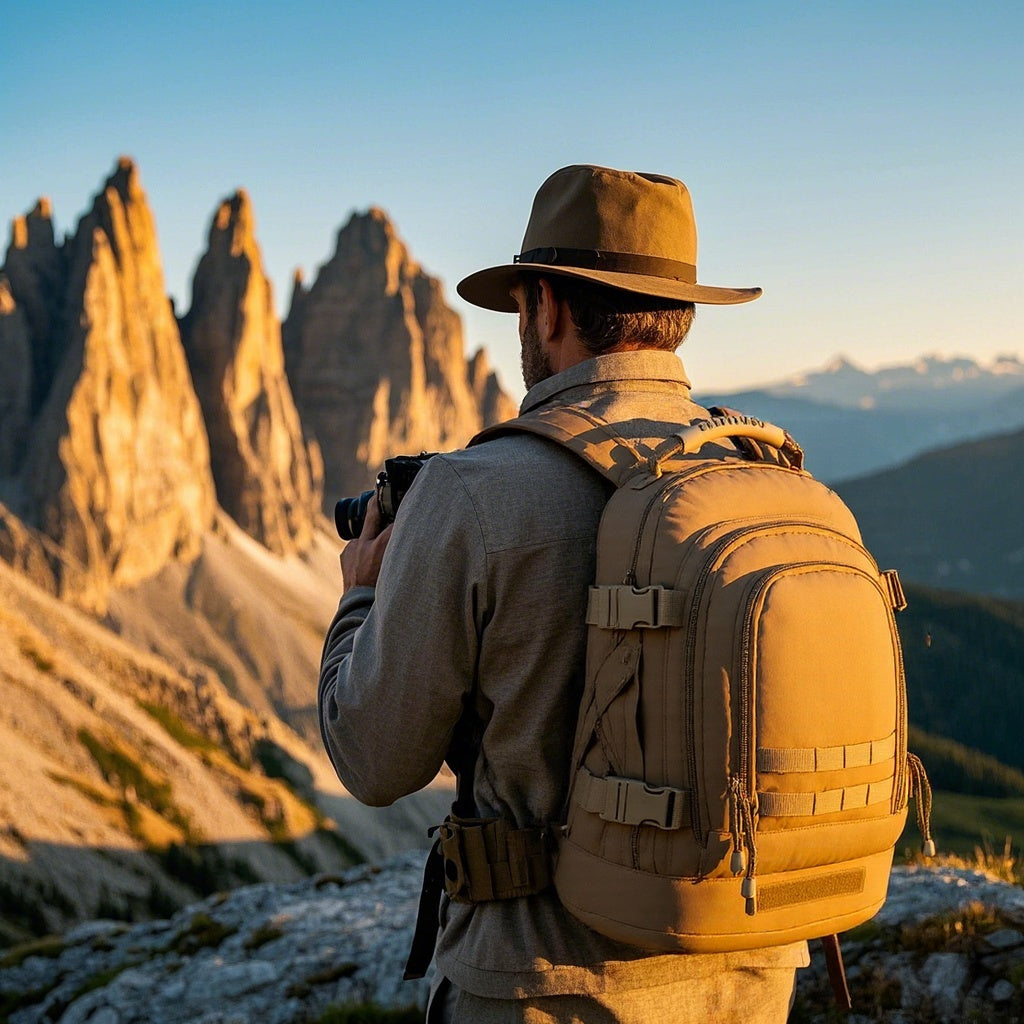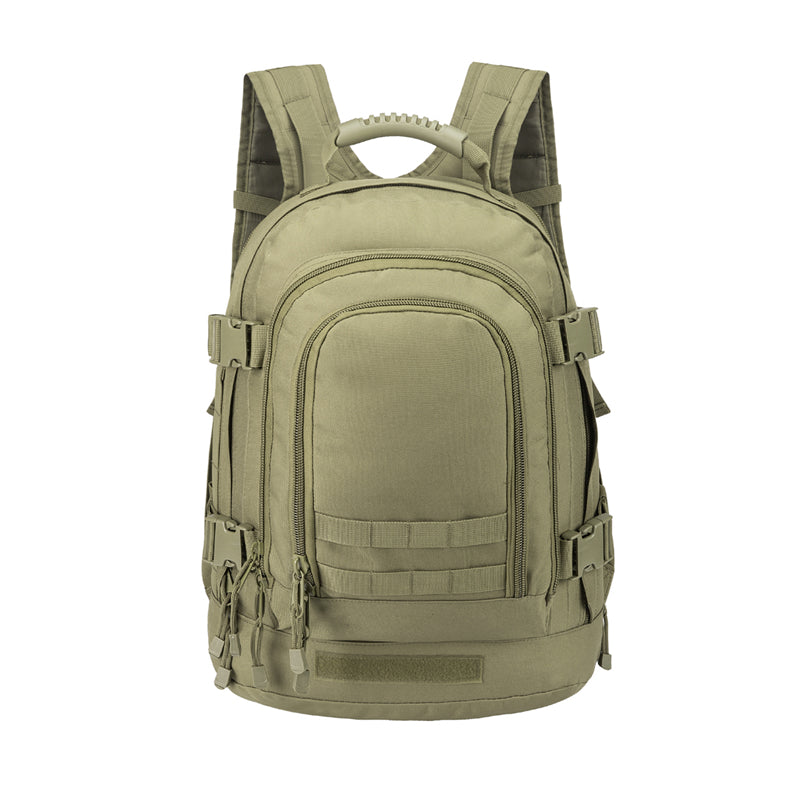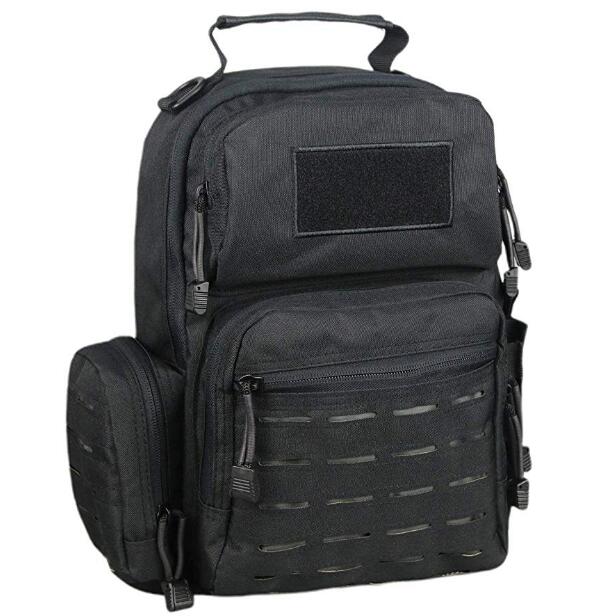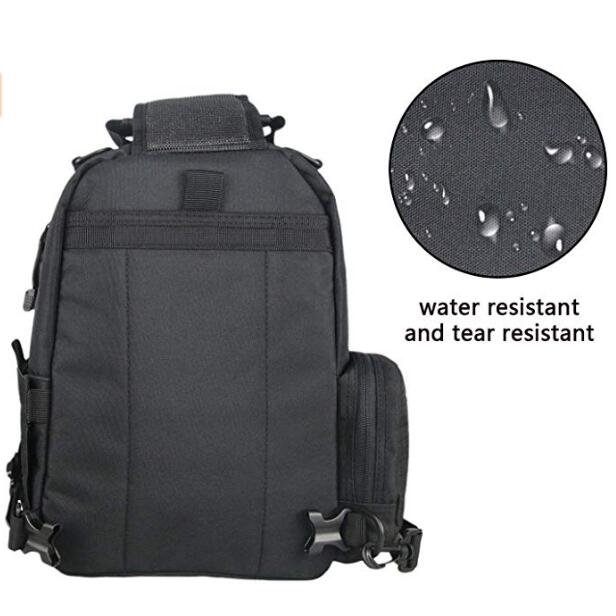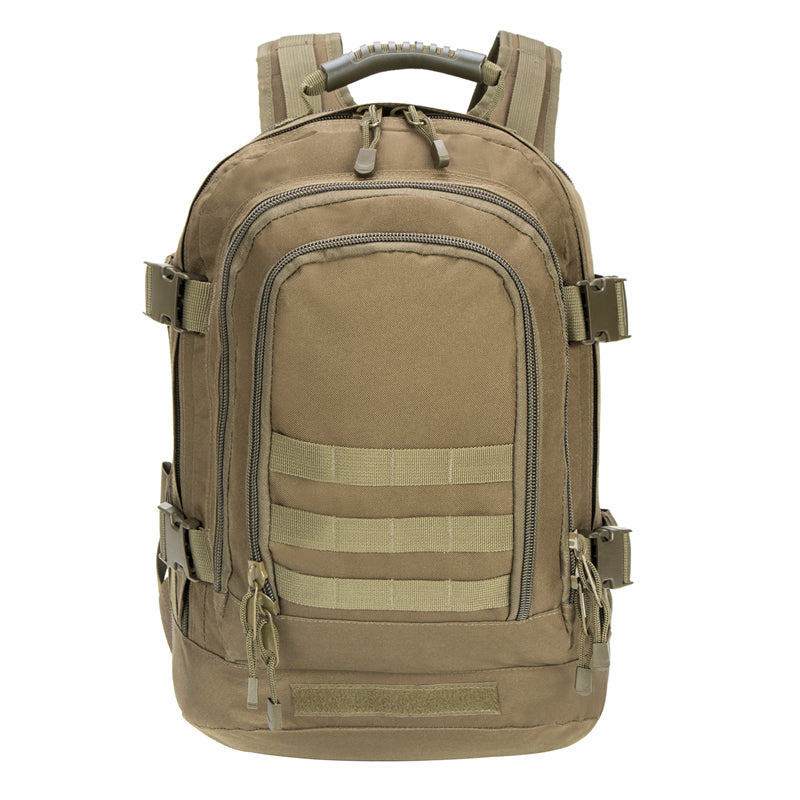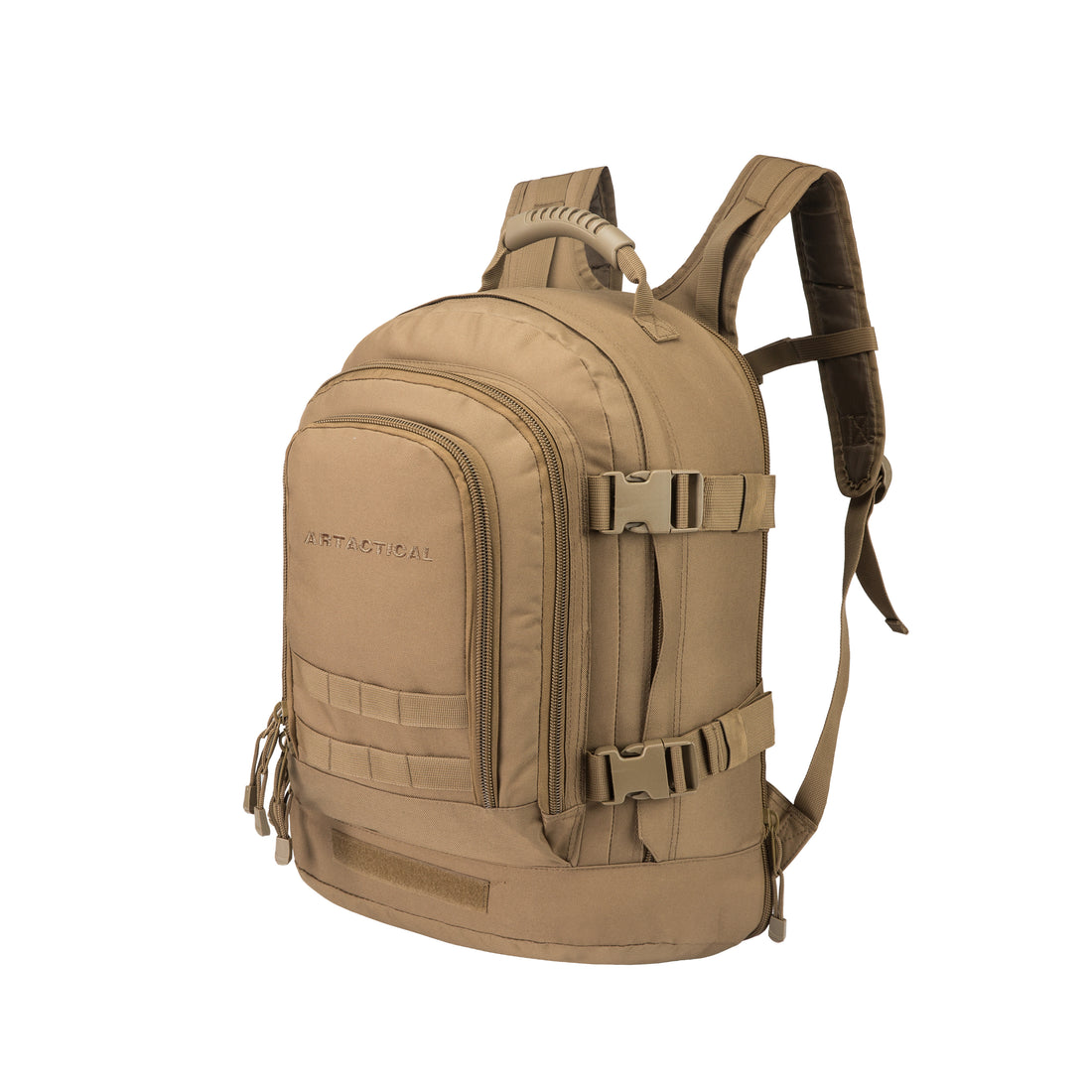For organizations equipping teams for field operations, choosing the right sleep system affects mobility, comfort, and supply logistics. The decision between a poncho liner and a sleeping bag depends on the mission's specific needs, not a simple "better" option.
As a tactical gear manufacturer since 2009, with over 16 years in producing customizable military and outdoor products like bags, vests, and modular systems, we examine the key differences from a supply chain viewpoint.
Defining Poncho Liners and Sleeping Bags
Poncho Liner: Often referred to by its military nickname, the "woobie," a poncho liner is a lightweight, quilted blanket made from nylon ripstop fabric with polyester insulation. Its design prioritizes compactness and multi-functionality.
Sleeping Bag: This is an enclosed bag with insulation on all sides, designed mainly for rest. It comes with temperature ratings to match different conditions, often using synthetic fill or down for warmth.
Comparative Analysis of Poncho Liners and Sleeping Bags
Bulk purchasing requires clear insights into specs to support budgets and planning in tactical environments.
1. Weight, Packability, and Logistics
- Poncho Liners: Typically weigh 1-1.5 lbs (0.45-0.68 kg) and pack down to a small size, fitting easily into rucks or packs. This helps in operations where every ounce counts, leaving room for other essentials like modular pouches or slings.
- Sleeping Bags: Range from 2-5 lbs (0.9-2.3 kg) or more, depending on the model, and take up more space. Newer designs with compressed down help, but they still add noticeable load for teams.
Verdict: Poncho liners win for quick, warm-weather, or tight-space missions. Sleeping bags suit fixed camps or cold areas, where extra bulk trades for better protection.

2. Warmth and Temperature Ratings
- Poncho Liners: Work well as a standalone piece in temperatures of 50°F (10°C) and above. They offer minimal insulation from the ground, as they are used on top of the sleeper. Their value increases when used as a modular component, such as a liner inside a sleeping bag to improve its rating by 10-15°F.
- Sleeping Bags: Built for rated temperatures, from 50°F+ summer bags to -20°F or lower for extreme cold (e.g., U.S. military modular systems rate patrol bags at 30-50°F and intermediate at -10-30°F, per Army specs). Full enclosure traps heat effectively.
Verdict: Rely on sleeping bags for cold-weather operations to avoid risks like hypothermia. Use poncho liners for milder weather or as layers in a full tactical sleep system.

3. Versatility and Multi-Functionality
- Poncho Liners: Highly adaptable beyond sleeping—they serve as hammock underquilts, poncho rain shields, ground cloths, pack covers, or even emergency stretchers.
- Sleeping Bags: Focused on sleep, though some unzip into quilts. Their shape limits other roles.
Verdict: Poncho liners fit doctrines needing multi-tool gear. Sleeping bags excel at their core job: reliable rest.
Poncho Liner vs. Sleeping Bag: Matching Gear to Operational Needs
This table helps map gear to scenarios for planning and procurement decisions.
| Operational Scenario | Recommended System | Rationale |
| Summer / Warm Climate Ops | Poncho Liner | Low weight and volume meet mild conditions without excess load. |
| Winter / Cold Climate Ops | Sleeping Bag | Provides full insulation to handle low temperatures and prevent injuries. |
| Extended Field Missions | Both (Layered) | Liner adds warmth to the bag and works solo for flexibility. |
| Rapid Deployment / Bug-Out | Poncho Liner | Small size and multiple uses suit fast, unpredictable moves. |
| Vehicle-Based Operations | Sleeping Bag | Space isn't an issue, so prioritize comfort and enclosure. |
Durability and Maintenance from a Supply Perspective
- Poncho Liners: Made with tough nylon shells (often 210D ripstop), they resist tears and clean easily by hand or machine. Fewer parts mean less breakdown in field use.
- Sleeping Bags: Quality varies—higher-end ones use durable 30D-70D fabrics and reinforced zippers. Synthetic fills hold up better to moisture than down, but all need dry storage to keep insulation effective (follow care tips from manufacturers).
For issued gear, regular checks extend life, reducing replacement costs.
Conclusion: Building a Flexible Organizational System
Many teams benefit from combining both: a poncho liner for light, versatile needs and a sleeping bag for demanding cold. This balances load, utility, and safety.
Procurement teams can tailor choices to missions, enhancing team performance.
Source Reliable Tactical Gear for Your Organization
We manufacture and supply durable tactical products, including custom poncho liners, sleeping bags, vests, holsters, and belts. As a wholesaler since 2009, we handle bulk orders for distributors and organizations—contact us for specifications and customization.
